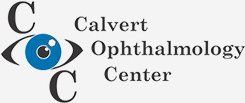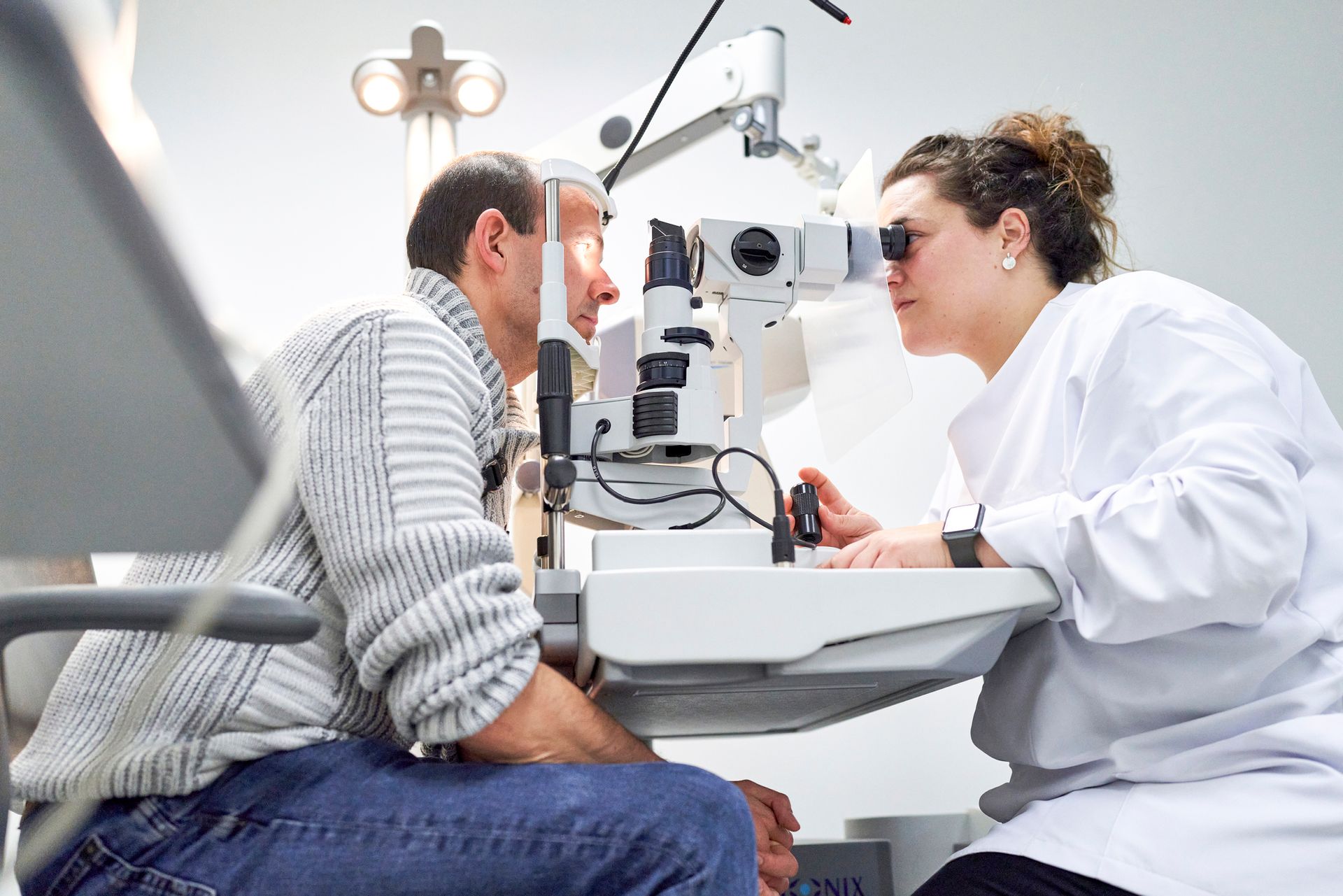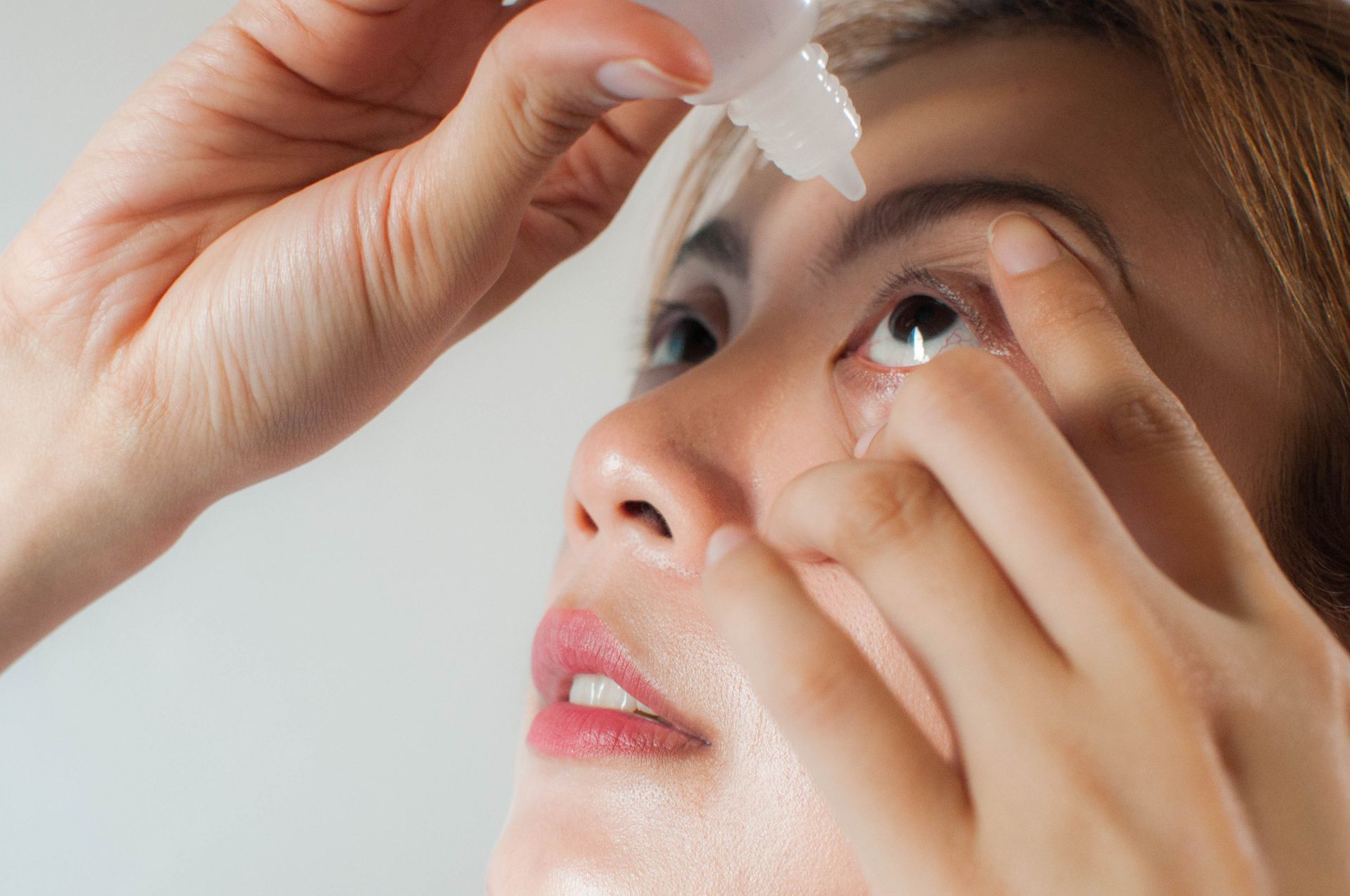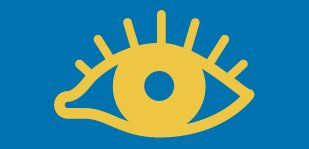Diagnosed With Myasthenia Gravis? How Surgery Can Help
- By Admin
- •
- 05 Nov, 2020
- •
Myasthenia gravis (MG) is a condition where the communication between muscles and nerves is damaged. There's no cure for this condition, so if you've just been diagnosed with it, you'll need to look at different treatment options to manage your symptoms.
Because myasthenia gravis causes muscle weakness, one issue people with the disorder experience is drooping brows and eyelids. Read on to learn more about eye problems and how surgical options like blepharoplasty can help.
How Are Drooping Eyelids Usually Treated in MG?
Known as blepharoptosis, eyelid drooping is not only a cosmetic issue but a functional one. Some people with myasthenia gravis have such weak muscles around their eyes and eyelids that the eyelid itself droops enough to obscure the pupil's vision.
To treat the problem, some doctors may recommend cholinesterase inhibitors. These types of medications block the breakdown of acetylcholine. Acetylcholine is a neurotransmitter that helps to contract smooth muscles.
Again, there is no cure for myasthenia gravis, but these
medications can certainly help improve muscle strength and contraction. The
downside of cholinesterase inhibitors is that some people can experience side
effects, such as:
- Nausea
- Sweating
- Upset stomach
- Excessive saliva
- Diarrhea
Some people may simply not respond to the medications and still suffer from drooping eyelids. If conservative treatment doesn't work, your doctor may recommend that you see an ophthalmologist to get a blepharoplasty.
How Can Surgery Help?
A blepharoplasty is a procedure where a doctor repositions drooping tissue on the eyelids. Some doctors take the blepharoplasty a step further with a ptosis surgery. During a ptosis surgery, your doctor won't only correct the eyelids, but they will correct droopiness around the eye and reinforce the eyebrow's levator muscle.
One study found that surgery could be a useful therapy to improve eyelid height in patients with myasthenia gravis - especially if other management therapies weren't working.
Another study - found in the Transactions of the American Ophthalmological Society journal - also found that surgery could improve eyelid height and be a good option if other treatments had failed.
What Is Surgery Like?
Surgery will only take a few hours; your doctor can use oral sedation or IV sedation. While blepharoplasty is usually an outpatient procedure, you will still need someone to drive you home while you recover from anesthesia.
Some people may be worried about scars during the procedure, but your doctor will make incisions along the natural creases of the upper and lower eyelids. While some doctors may use a scalpel to make adjustments, there are also options to remove excess tissue with a CO2 laser.
When adjustments are made, your doctor will stitch up the incisions. Stiches will usually dissolvable, so you won't have to have them removed once the procedure is done.
What Is Recovery Like?
You will likely experience some tenderness, bruising, and swelling post-op. Your doctor may recommend over-the-counter medications so you can manage the pain. Ice packs can also help with pain management.
One problem participants in the previous studies faced post-operatively was diplopia, also known as double vision. If you wear an eye patch, you can reduce the eye strain of double vision and help strengthen vision in your non-dominant eye. Your doctor can go over how to wear an eye patch and how often.
Another side effect that was seen in the previously mentioned studies was exposure keratopathy. Exposure keratopathy is damage to the cornea due to dryness - often because the eyelid can't close completely.
You should reach out to your doctor if you are having trouble closing your eyelid completely. It will be normal to have some dryness in your eyes afterwards, so your doctor may recommend eye drops or artificial tears.
Reach out to us at Calvert Ophthalmology Center for more information on eyelid surgery.











